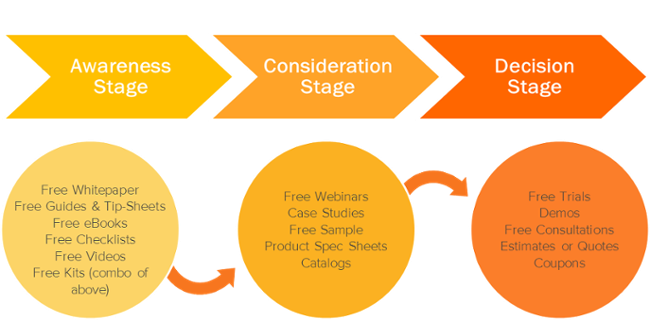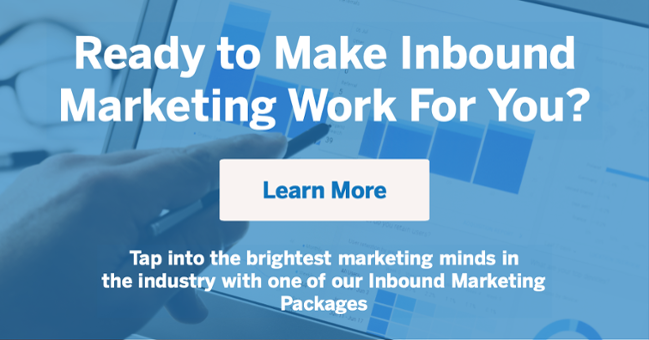We live in a time where there is unlimited information available online, buyers are spending more time researching and becoming more informed before any conversation with a salesperson. Experts disagree on how much of the buying process occurs before a sales touch, however but they do agree that interactions with sales are still a hugely important deciding factor during the buying process.
What is the buyer’s journey?
The buyer’s journey is the process buyers go through to become aware of, evaluate, and purchase a new product or service. The journey is a three-step process:
- Awareness Stage: The buyer realizes they have a problem.
- Consideration Stage: The buyer defines their problem and researches options to solve it.
- Decision Stage: The buyer chooses a solution.

Awareness Stage
Let’s start where your prospect starts–with Awareness. If a prospect’s first interaction is with your website, it is likely that they got there via search. And if they started via search, they are beginning with a specific intention, such as looking for a solution to a problem or more information about a specific issue. The intent at this stage is informational and is often self-directed, that is, without the intervention of the demand gen or sales teams.

Consideration Stage
Once a prospect understands who you are and what you’re about, they’ll begin to explore how you might help them solve a problem. For example, when reading Curata’s blog, any visitor would instantly know that we play in the content marketing space because we cover topics related to those issues and opportunities. But to get more specific about what we do, we’d have to lead them to content that specifically communicates how we help our customers. Towards the end of this stage, your sales department should be involved.
Decision Stage
In the decision stage, victory is close, but it is far from certain. The buyer is now seeking to understand if the cost of your product or service is worth the price. They need to have a reasonable expectation of what their gains will be and what is included in their costs. The price of the product is just one factor. They also need to understand their internal costs for launching, integrating, and maintaining your product.

